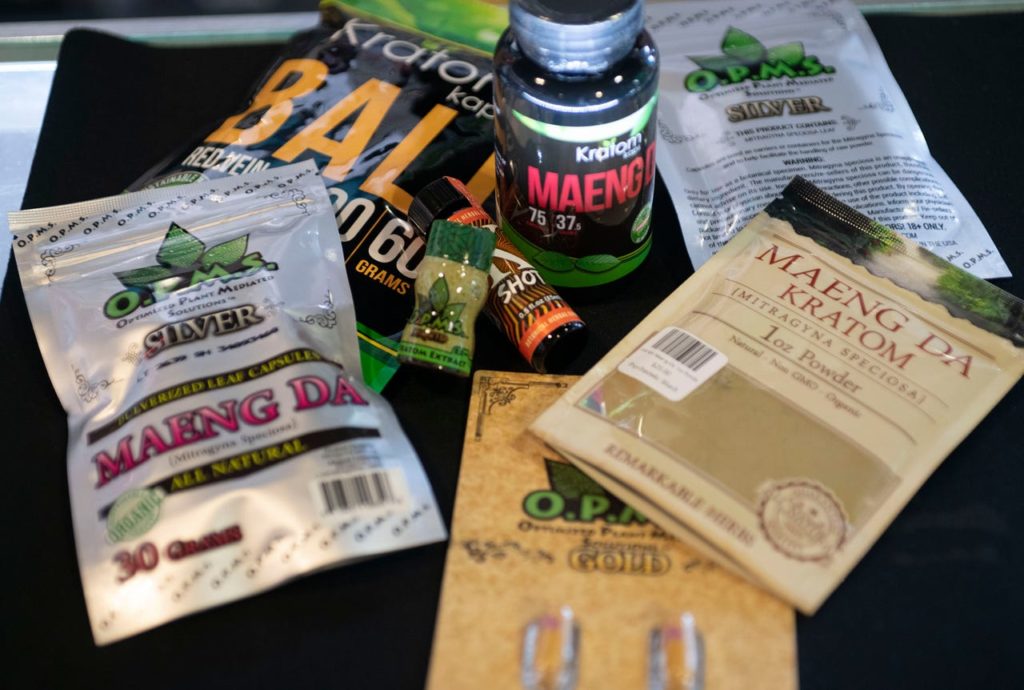There’s not much solid data about how widespread the use of a psychoactive plant called kratom is in the U.S.
But if what Dr. Marvin Seppala is seeing in addiction treatment centers all over the country is any indication, use of kratom isn’t just on the rise; it’s becoming normalized.
“What we’re seeing is regular use of it, especially in adolescents and young adults,” said Seppala, chief medical officer at the Hazelden Betty Ford Foundation and a 2018 CivicCon speaker. “It really fits in with alcohol, marijuana and tobacco. It’s legal, so it’s really easy for kids to get a hold of, and they’ll try it to see what it does to them.”
Kratom is a plant that grows naturally in southeast Asian countries such as Thailand, Malaysia and Indonesia. A relative of the coffee plant, kratom affects the same brain receptors as opiates. It is typically taken in a powder, pill or liquid form.
In low doses, kratom users report feeling increased energy, sociability and alertness, and in higher doses, they claim it acts as a sedative and pain reliever.

